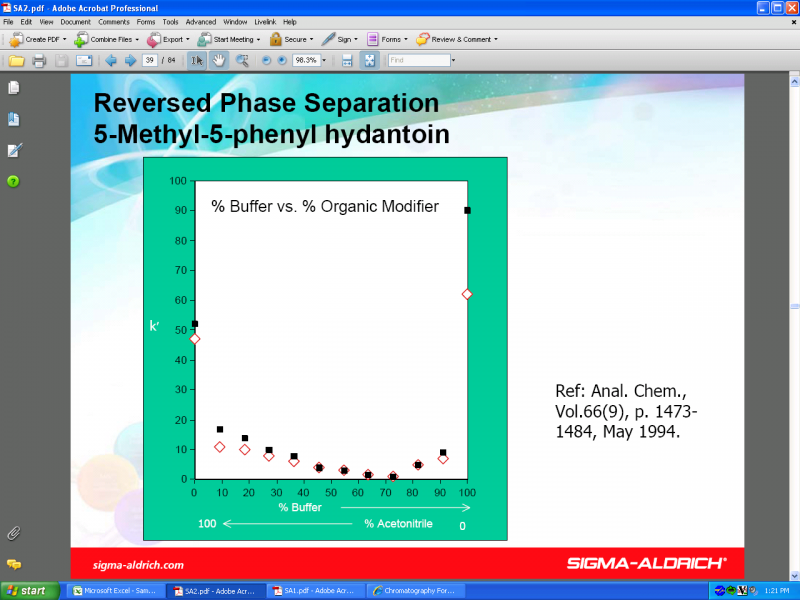Off the top of my head, I'd say it's a transition from "reversed-phase" to "normal phase" mode. You have to remember that terms like "reversed-phase" and "normal-phase" are mental models that we use to make sense of what we see. To quote from the statistician George Box (admittedly in a different context): "All models are wrong. Some are useful."
If you look at the structure of the Chirobiotic phases, you'll see that they have quite a bit of polar functionality. With a high-water-content mobile phase, the solvent is more polar than the column (i.e. "reversed phase"). At high organic, the column is arguably more polar than the solvent (i.e. "normal phase"). I'll let better organic chemists than me speculate on whether it's actually "HILIC" mode (where the stationary phase presents as a water-rich surface layer) at that point.
As to the relative strength of ACN vs MeOH, that is only an approximation (useful, but not necessarily universal). The differences are more pronounced at low levels; the mobile phase strengths become approximately equal as you approach 100%:



